Dr. Wayne Anderson Offers a Closer Look at Six Lyme-Related Infections Book excerpt from "New Paradigms in Lyme Disease Treatment"
Reprinted from New Paradigms in Lyme Disease Treatment with the kind permission of Connie Strasheim and Wayne Anderson ND. To learn more about the book and read more of Dr. Anderson’s chapter, see: www.NewLymeTreatments.com
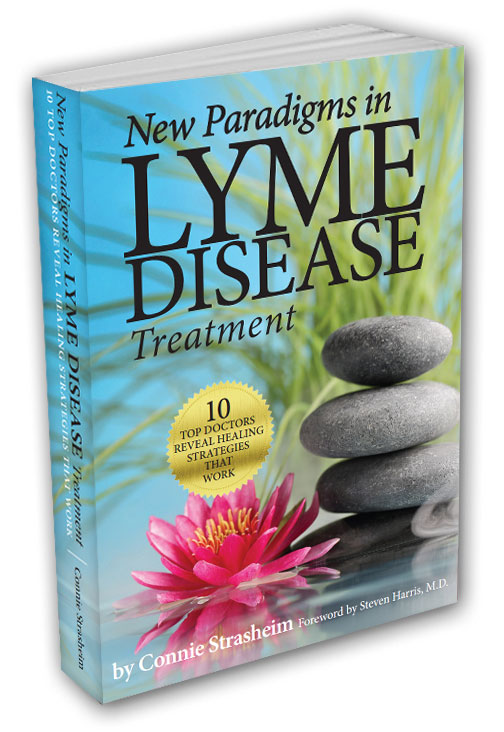 I ’ve learned through experience that each Lyme disease pathogen causes a specific set of symptoms in the body, and that I can readily identify infections in my patients by analyzing their symptoms. In the following sections, I describe typical symptom patterns of six of the most common Lyme-related infections. I encourage doctors to refer to this section when trying to identify which infections are dominant in their patients.
I ’ve learned through experience that each Lyme disease pathogen causes a specific set of symptoms in the body, and that I can readily identify infections in my patients by analyzing their symptoms. In the following sections, I describe typical symptom patterns of six of the most common Lyme-related infections. I encourage doctors to refer to this section when trying to identify which infections are dominant in their patients.
These symptom patterns should only be used as a guideline for diagnosis since no two people are exactly the same, and symptoms will vary from person to person. Neurotoxins from these infections all cause inflammation in the brain and nervous system and cause similar symptoms and compromise the body’s function in a similar way. Yet, each microbe often will manifest its own unique traits or personality.
Understanding the different symptom patterns that the microbes cause is especially important since lab tests for Lyme disease aren’t adequate (although they have improved greatly in recent years). Diagnosis also can be complicated by the fact that people’s immune systems respond differently to infection, according to their life stressors and metabolic strengths and weaknesses. Doctors should look for patterns in their patients and always appreciate that treating people with Lyme disease is about shades of gray, because the infections create symptom pictures that are never black and white.
Babesia or Babesia-Like Organism (BABLO) Symptom Patterns
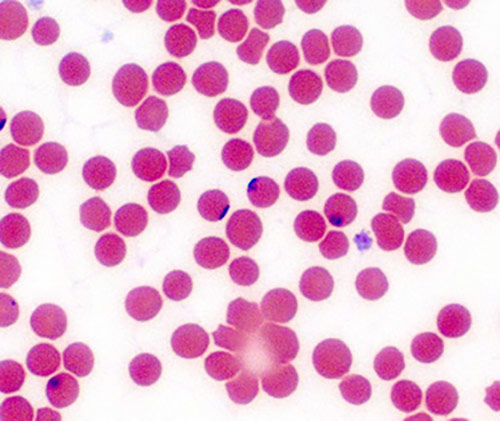 Babesia, or Babesia-like organisms (BABLO) primarily affect the brain and autonomic nervous system. The first words that a patient with active Babesia-like organisms in his body might say are that he can’t focus or think. His cognitive function is significantly compromised, and his mood is almost always affected. Both depression and anxiety are very common. A person with Babesia has a lot of emotional upheaval; fear is a dominant symptom.
Babesia, or Babesia-like organisms (BABLO) primarily affect the brain and autonomic nervous system. The first words that a patient with active Babesia-like organisms in his body might say are that he can’t focus or think. His cognitive function is significantly compromised, and his mood is almost always affected. Both depression and anxiety are very common. A person with Babesia has a lot of emotional upheaval; fear is a dominant symptom.
Babesia also can affect the autonomic nervous system, which is responsible for much of the “automatic” functions of the body, such as heartbeat, breathing, etc. This means that the communication between the brain and body is affected, so any physical symptoms that patients have from Babesia can be related more to autonomic nervous system dysfunction rather than the organisms themselves. For instance, Babesia can cause postural orthostatic tachycardia syndrome (POTS); a racing heart at rest and/or an irregular heartbeat and heavy pounding heart at night, but the problem isn’t in the heart. The problem is that the autonomic nervous system isn’t functioning properly.
Shortness of breath is also common, because people with Babesia don’t regulate their oxygen-saturation flow properly due to problems in the autonomic nervous system (ANS). Such people feel a sense of “air hunger” because the ANS isn’t dilating their bronchial tubes or opening their diaphragm properly, because these parts of their body are not getting the signal to do so from the command center in brain.
Additional symptoms of Babesia include lots of drenching sweats and chills. Babesia is a relative of the malarial organism and is part protozoan and part bacteria. So as with malaria, people can get terrible chills and lots of sweats and basically feel like they are going crazy. People with Babesia are often quite chilled and can’t get warm and will have to take a hot shower or jump in a bathtub to warm up. The temperature de-regulation is again related to a dysfunctional autonomic nervous system. So, people either can’t get warm, or they get too hot. They turn down the thermostat at night because they are too hot, but then they get too cold while in bed and so turn it back up by a degree. They freeze when going to bed and throw the covers on; then, in the middle of the night, they get boiling hot and throw the covers off and drench their bedclothes in sweat.
Insomnia is common as Babesia affects the sleep center in the brain. Other symptoms include blurred vision, bowel-motility issues and bladder difficulties. People with Babesia will either have trouble starting their urinary stream or will go through episodes of incontinence. They may also have problems with bowel motility; usually constipation, but can also sometimes have diarrhea due to autonomic nervous system de-regulation. A dominant Babesia infection also can affect certain areas of the wrists, hands, ankles and feet. These areas can be painful, numb or experience temperature extremes.
Babesia does not generally cause pain in the body, so if a person has pain, then it’s usually due to another problem. The picture is always complicated though because people with Babesia who have a compromised detoxification system will have pain in their body as a result of poor waste removal. But, the pain is not from the infection itself.
These are what I call clearly identifiable Babesia symptoms in those patients who have an immune system that is not terribly depleted or who don’t have a compromised detoxification system or other conditions or infections that are currently active and which could complicate the symptom picture. The same holds true for the symptom patterns of all of the other infections described here.

























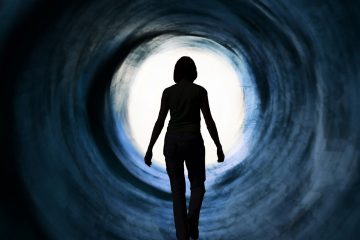
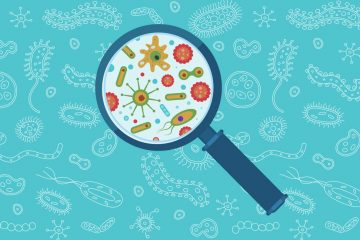

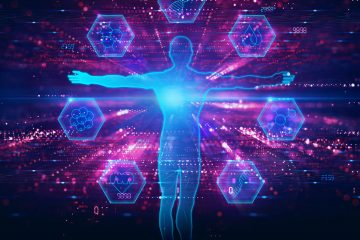
Are there any articles on Alpha Gal. My daughter I believ has this form. I have Lymes misdiagnosed twice. My friend who have degrees in this. D.C. Went on Doxie for. 30 days. I love working in the yard. (Dozens of deer) we live in the Poconos PA. I still work in the yard however no I am afraid of these ticks.
Hi Patricia,
Here’s an article on Alhpa Gal: https://www.lymedisease.org/tick-bites-meat-allergy/
Please do your very best to protect yourself when working in your yard.